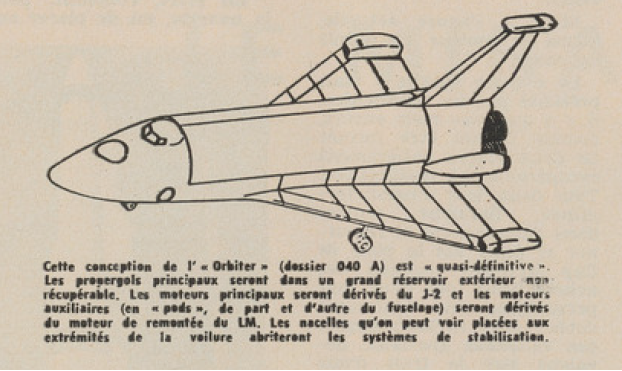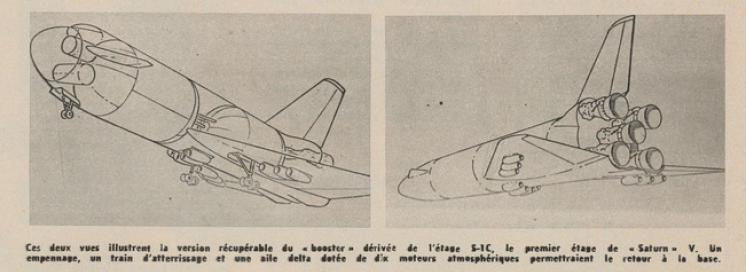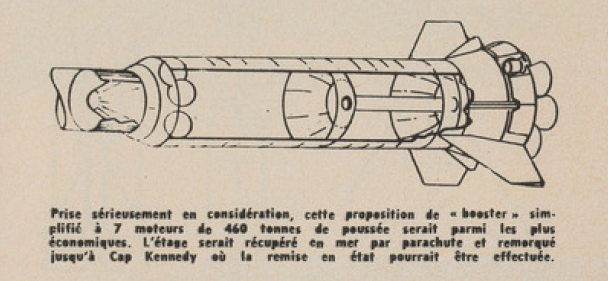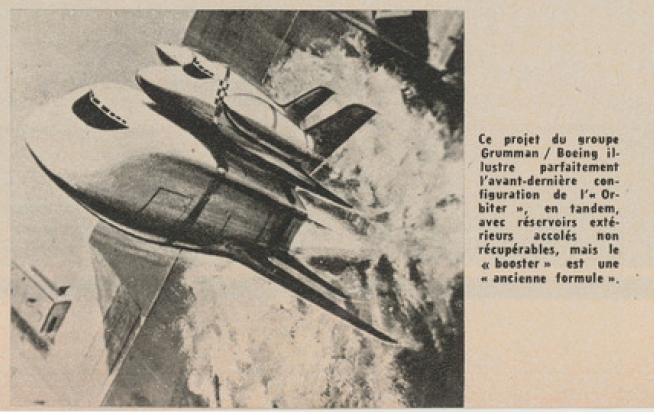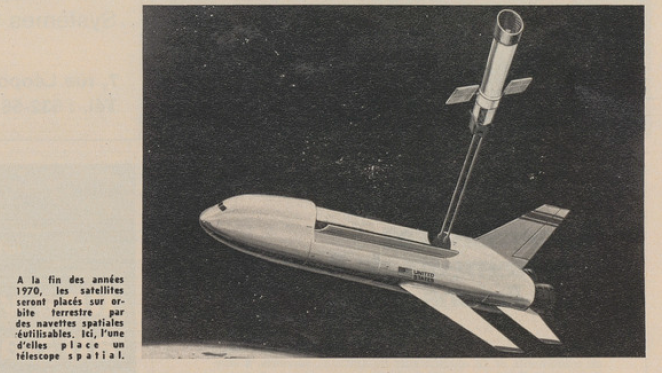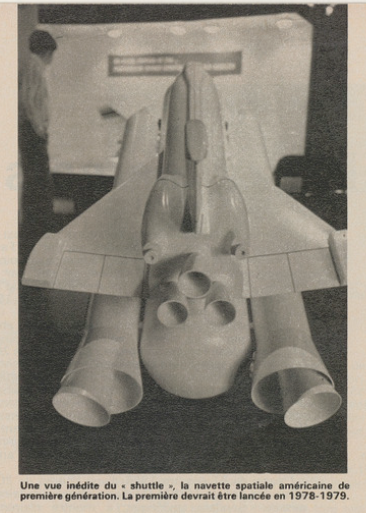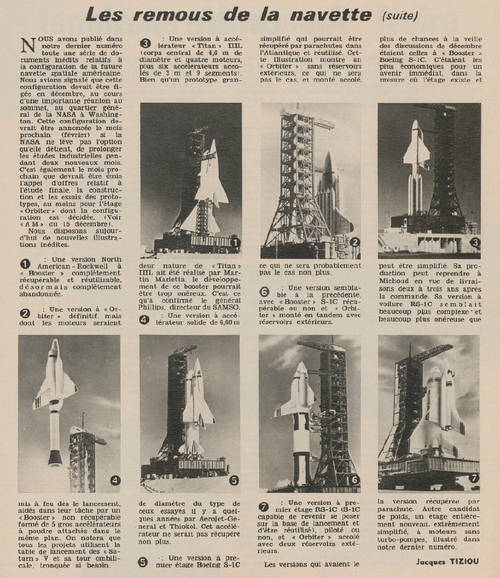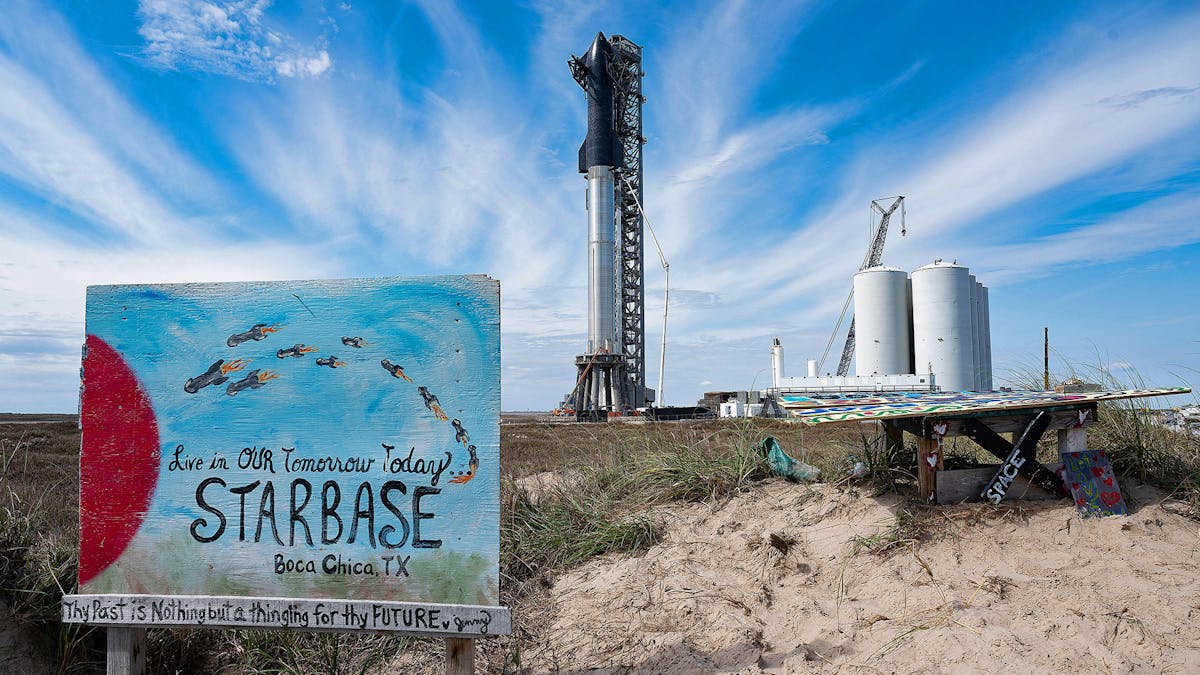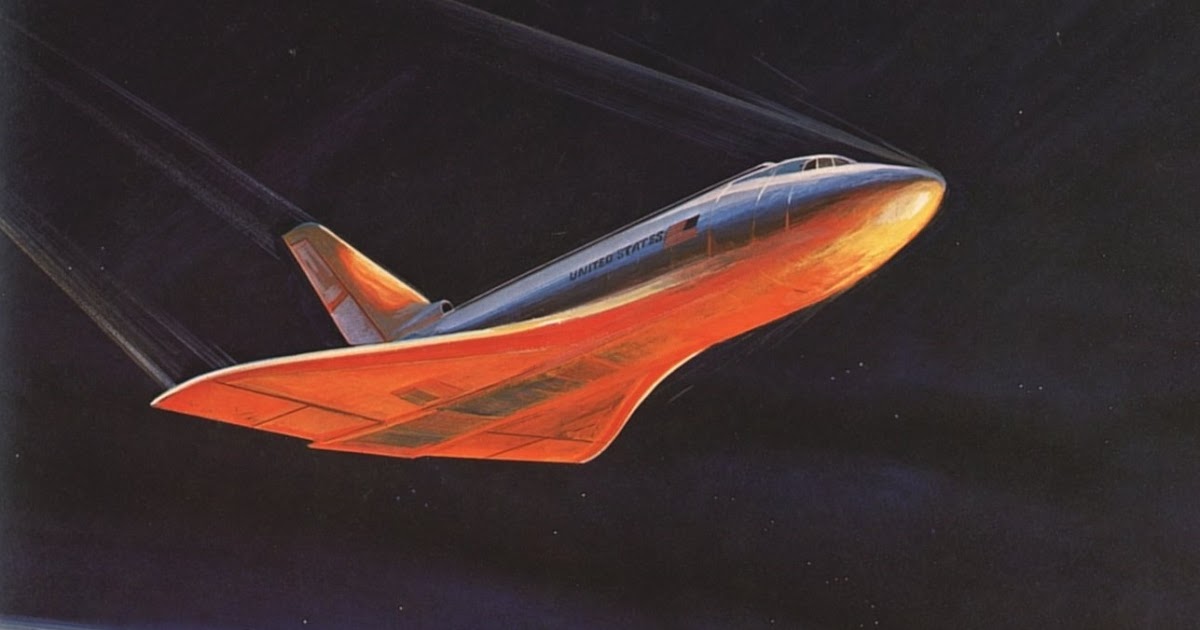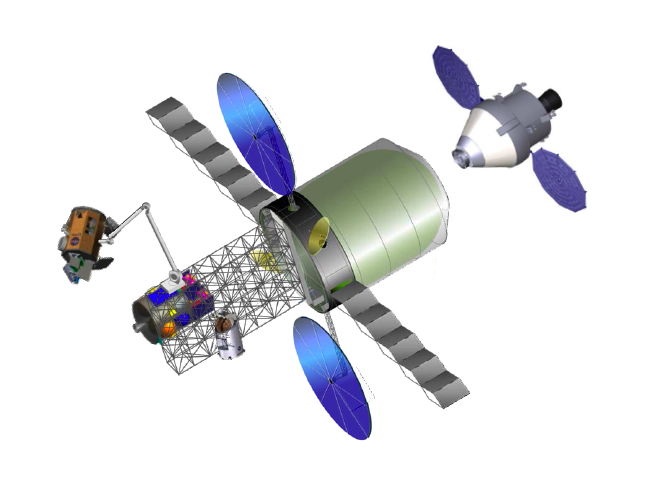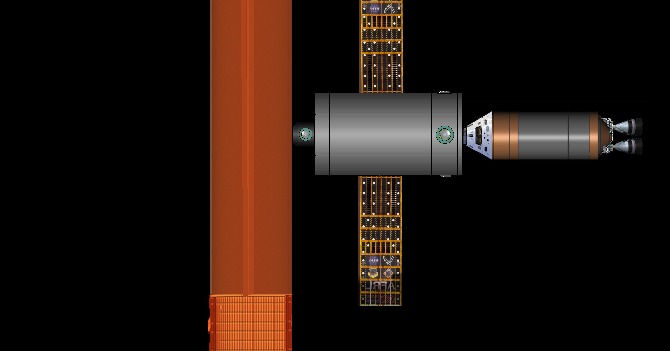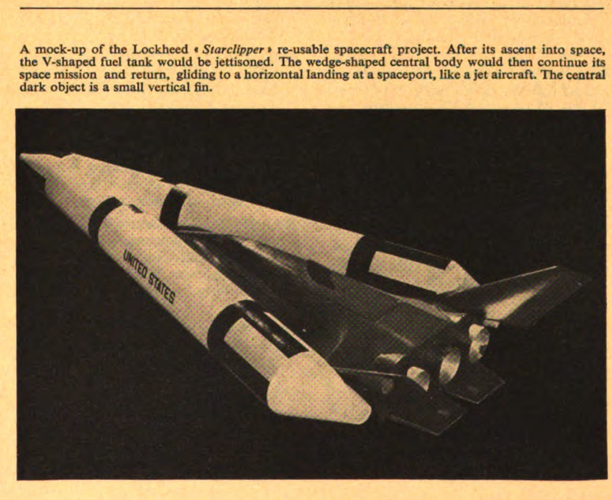If you are willing to ignore all those hideous expendable stages, which completely defeated the original intent and of course won out in the end.
They won out in the end because the reusable two stage space shuttle wasn’t economically viable even when they were flying shuttle at 10 a year, in addition to the extreme development costs that would be required to make it work in the 70’s.
I'm well aware of the infamous Mathematica analysis, see
https://ntrs.nasa.gov/api/citations/19730005253/downloads/19730005253.pdf. The funny thing though is that the semi-reusable STS was *NEVER* "economically viable" in any even halfway realistic sense either.
They were shitting their pants and banging their heads against walls because every
sane analysis showed the Titan ELVs made more sense at current flights rates (current = 1961-1971), that is: 1 to 40 flight a year.
Only by pushing well beyond 50 flights per year did the Shuttle made a little sense. And even then, the hypthetical savings were a handful of billion dollars (10 and counting) which could easily wiped out by any major development cost overruns (F-111, cough, C-5 Galaxy, the horror)
Truth be told, they added space tugs and Spacelab missions the Titan couldn't do - except they did not made a lot of sense either.
52 flights a year between 1978 and 1990: 624 flights. That's 4.62 times the entire number of flights done by the Shuttle in 30 years (135).
At 52 annual flights rate, those 135 missions would have been flown in merely 2.5 years (52+52+26 = 130 flights)
Two and a half year, rather than 30 years.
Something pretty amazing in the NRO influence in all this. 365 Agenas flown between 1959 and 1987; 250 of them optical spysats, of which 144 CORONA 1960-1972 plus GAMBIT-1 (38) and all the failed birds.
When Nixon started the Shuttle early 1972, 320 Agenas had already flown, the bulk of them military missions, a large fraction spysats of every kind.
Gunter's Space Page - Information on Launch vehicles, Satellites, Space Shuttle and Astronautics

space.skyrocket.de
But that launch rate manna from heaven was going away, notably with CORONA retirement.
Only that, meant that the 1960 US flight rates fed into the Mathematica study were wrong, at least if applied to the next two decades. Military satellites future flight rates were rapidly shrinking, because the days of cheap and plentiful and short-lived, film Agenas were going away.

